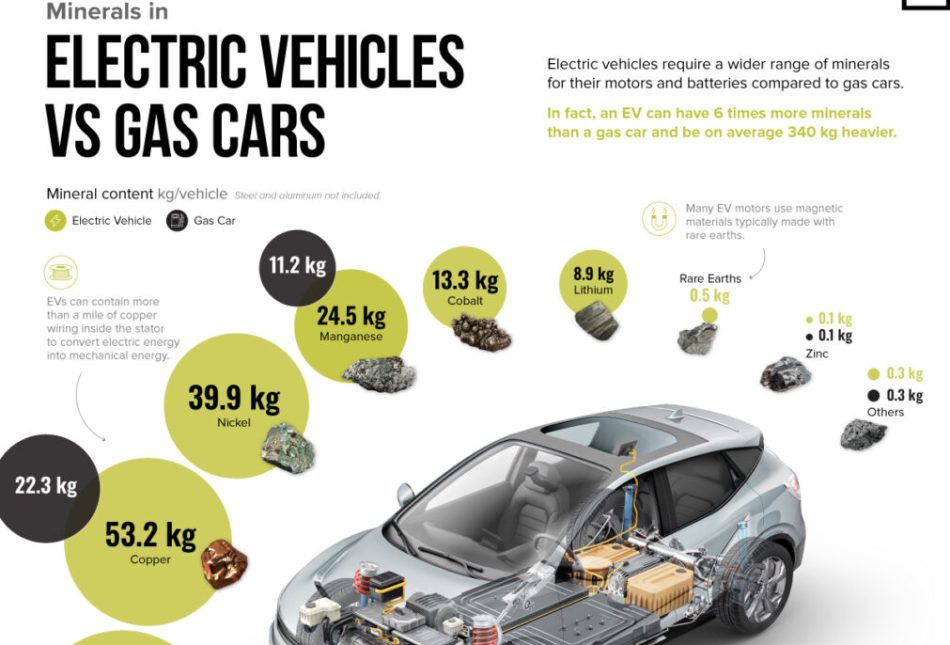Economy
post
Numerous specific issues with electric vehicles and especially government mandating them

MLG’s plan to push an electric vehicle mandate through the Environmental Improvement Board is kicking into gear. The Board is expected to begin deliberation on ramping up New Mexico’s EV mandate to 43% by 2027 and 82% by 2032 on November 15.
This is a DEEPLY flawed policy that Rio Grande Foundation will be working hard to stop. Here is a fairly comprehensive list of the many reasons why EV mandates are harmful:
-
- New Mexico’s elected officials, especially the Legislature should vote on such a dramatic policy change, not a governor-appointed board;
- Range issues are real. Thus, range anxiety is real. The problem is worse in rural areas where there are fewer charging stations.
- Charging stations are expensive. A basic home station costs about $600. For a public “level 2” station conduits alone cost upwards of $15,000 per unit. Public charging stations cost anywhere from $5,500 to $40,000 depending on charging speeds.
- Charging an EV can be slow. The most common publicly-available charging station is “Level 2” will charge between 12 and 80 miles per hour (far slower than a typical gas pump).
- Those charging stations are often not functional. One California study found 27% of California charging stations were not functional.
- Public charging stations are often taxpayer-funded or subsidized unlike gas stations highlighting the government-driven nature of America’s and New Mexico’s pro-EV policy.
- EV’s are not profitable even with massive government subsidies. One 2023 report found that Ford Motor Company was losing $66,446 on each EV sold.
- EV sticker prices can be up to double the upfront cost of a gas. powered car ($65,000 vs. $32,000 for a mid-sized car).
- EV’s require massive quantities of mined materials that are in short supply: lithium, cobalt, nickel and graphite are just some of the materials that will need a massive new supply for EV’s and their batteries. Benchmark found 359 new mines and similar facilities would be needed by 2035.
- US policymakers have shown little interest in approving new mining permits to bring prices of materials used in EV’s down.
- Electric reliability is an issue in an increasing number of US states, but EV’s will need massive increases in electricity supplies if EV’s are to be deployed widely. A 2019 study found that if EV’s were to replace all gas powered vehicles it would increase demand by 20-50%. The source of this electricity would of course go a long way to determining whether EV’s are “green” or not, but an overwhelming share of American electricity is generated by fossil fuels.
- EV’s do not pay gas tax and thus do not fund road construction and maintenance. A bill was introduced in the 2023 New Mexico Legislature to impose a fee on EV’s for roads, but it did not pass.
- Furthermore, EV’s do more damage to roads than do internal combustion vehicles. A British study found EV’s do 2.24 times more damage to roads than do IC cars.
- EV’s could cause damage to and possibly even collapse of parking garages due to their heavy weights.
- While it’s debatable how prone EV’s are to catching fire it is documented that battery fires are hotter and more dangerous than other fires.
- There are places in New Mexico with a lack of electricity and apartment dwellers and renters have limited access to charging stations.
Ultimately, EV’s may or may not be a good replacement technology for the internal combustion engine. But, government through mandates and extensive subsidies should not be the final arbiter of this choice. That should fall to consumers. Sadly, Gov. Lujan Grisham has joined the EV bandwagon at the expense of personal freedom.
